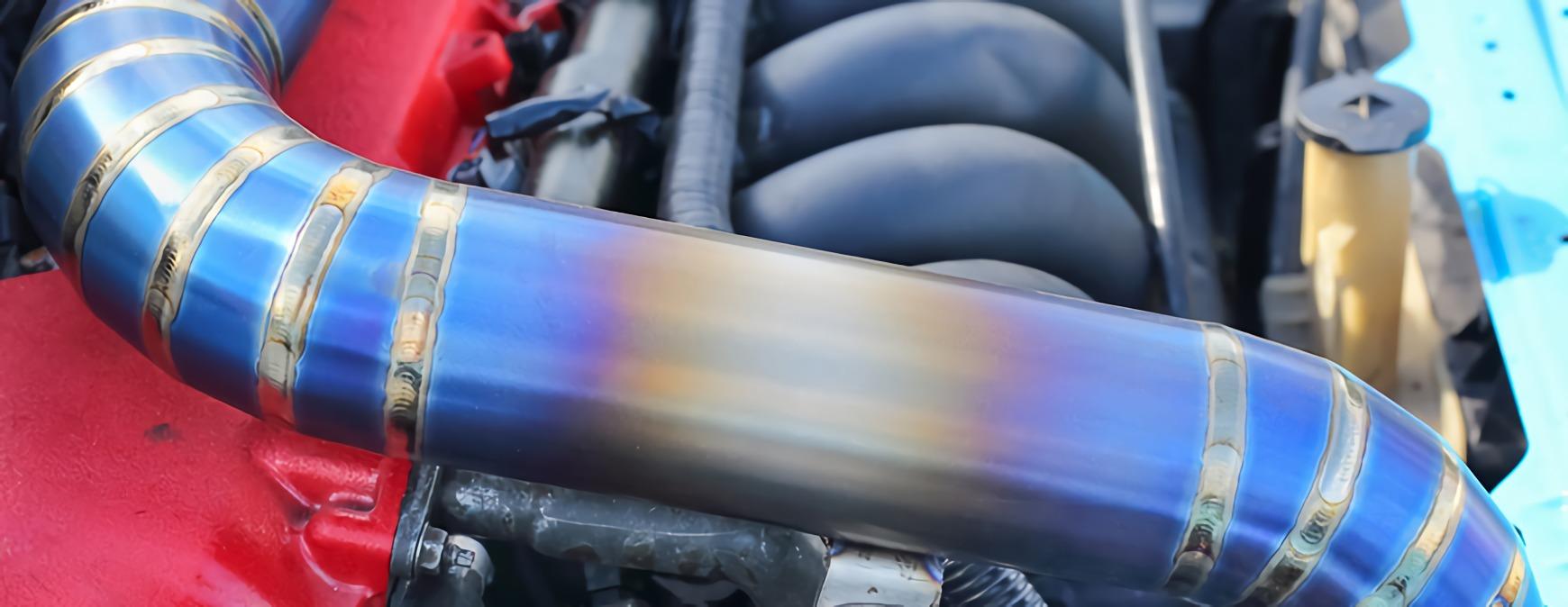
We love stainless steel. The way it shines back at us on our refrigerators or on a car is so aesthetically pleasing, 45.8 million metrics tons of stainless steel were produced worldwide in 2016.
It’s great for the long haul too. It can adapt its corrosion resistance, strength and workability, depending on what metal alloy is being used.
This adaptability, however, also makes it a bit harder to weld than regular carbon steel. If you want to create beautiful, shimmering pieces of stainless steel, then you need to know the different stainless steel types and welding methods for stainless steel.
Types of Stainless Steel
In welding, the different types of steel 1 2 are defined by their chemical compositions and the way they are heated and worked. Knowing how each one interacts in the welding process is essential.
Austenitic Stainless Steel
Application
Austenitic steel is used in machining and fabrication.
Have You Considered a Career in the Skilled Trades?
Fill out the form to recieve a no obligation info packet.
Characteristics
Austenitic steel doesn’t require preheating and is most commonly used in shops. Here are some unique facets:
- High corrosion resistance
- High oxidation resistance
- Good strength and toughness across a wide range of temperatures
What to Look out For
The maximum interpass temperature is 800°F. Austenitic steel an be susceptible to cracking due to low melting materials. The weld may sensitize in heat-affected areas and suffer corrosion.
Filler Metal
Use filler metal with the same designation as base metal.
Martensitic Stainless Steel
Application:
Martensitic stainless steel has these high-wear applications:
- Hardfacing
- Water-resistant materials
- Restoring steel rolls in continuous casting mills
Characteristics
Martensitic stainless steel needs preheating and slow cooling after welding. It gains strength through heat.
What to Look out For
Martensitic stainless steel has a minimum interpass temperature of 400 to 600 °F. It gets hard and brittle while cooling.
Filler Metal
Use filler with the same number as base metal. 410 is standard filler for overlays put on carbon steel.
Ferritic Stainless Steel
Application
Ferritic stainless steel is used in consumer products like automotive parts.
Characteristics
Ferritic stainless steel typically comes in thickness less than 0.25 inches and is welded in one pass. Preheating only applies to ferritic stainless steels with high levels of carbon.
What to Look out For
The maximum interpass temperature is 300 °F. Temperatures higher than 300 °F can lead to grain growth and strength loss.
Filler metal
The filler material grade should match or exceed base metal grade.
Duplex Stainless Steel
Application
Duplex stainless steel is used for high-performance applications like aerospace or process industries.
Characteristics
Duplex stainless steel is a combination of austenite and ferrite microstructures, making it stronger and more corrosion-resistant than either austenite or ferrite stainless steel.
What to Look out For
This type of steel should have high heat input and low interpass temperature to maintain the balance of ferrite and austenite.
Filler metal
Not every duplex stainless base metals has corresponding filler metal, so filler metals need some chemical adjustments like adding nickel. 3
Precipitation Hardening Stainless Steel
Application
Precipitation hardening stainless steel is used in high-performance applications like aerospace or process industries.
Characteristics
Precipitation hardening stainless steel helps elements like niobium boost strength and cost effectiveness. It combines properties of martensitic and austenitic stainless steels.
What to Look out For
Different heat and cold work are needed to harden martensitic, semiaustenitic or austenitic precipitation hardening stainless steels.
Filler metal
The filler material grade should be matched with the base metal grade 4
Choosing Welding Methods
The stainless steel parts that will be welded should be spotless.
Remove any moisture and organic contaminants like oil, paints, grease, adhesive or soap. Avoid zinc contamination by using brushes and tools that have not been used on galvanized steel and that are meant for working on stainless steel.
Arc welding methods in particular are used often in stainless steel welding.
Shielded Metal Arc Welding
This method can be employed to weld joints that are 0.05 inch to several inches thick. You have to clean the welded area from slag after each pass to prevent porosity and slag entrapment.
Shielded metal arc welding is cost-effective, but it has low deposition rates.
Submerged Arc Welding
Submerged arc welding is normally used to weld parts that are thicker than 0.5 inches.
While this technique can be applied to most austenitic stainless steels, it is not recommended for austenitic stainless steel without any ferrite in the weld metal, as it can crack with heat.
Choosing the right flux and monitor welding conditions is important for controlling deposit composition and ferrite content.
Gas Metal Arc Welding
GMAW is the best choice for long joints in thick materials, or for a large amount of welds.
This method has fast deposition rates, and welders don’t need to remove slag between passes. It is, however, a pricey welding technique due to its equipment requirements.
Flux-Cored Arc Welding
Carbon dioxide is a common shielding gas for flux-cored wires, but it can add carbon to the weld metal. This may in turn reduce corrosion resistance in stainless steels. 5
Gas Tungsten Arc Welding
This technique is often chosen when joining conventional and PH stainless steels, especially those up to 0.25 inch thick.
Welding stainless steel can seem tricky at first, but if you chose the right filler material, select the appropriate welding method and monitor the steel’s temperature, you’ll do a good welding job.
Want to learn more about the different ways of welding for various metal? Check out our article about welding techniques for different types of metal.
Additional Sources
1 – http://www.thefabricator.com/article/metalsmaterials/the-wide-world-of-welding-stainless-steel
2 – http://m.lincolnelectric.com/assets/US/EN/literature/c64000.pdf
3 – http://www.imoa.info/download_files/stainless-steel/IMOA_Shop_Sheet_105.pdf
4 – https://www.azom.com/article.aspx?ArticleID=2819
5 – There are in fact different types of steel, based on their chemical composition as well as the way they are heated and worked.
This blog has been labeled as archived as it may no longer contain the most up-to-date data. For a list of all current blog posts, please visit our blog homepage at https://www.tws.edu/blog/




